The evolution of expense management: which era are you stuck in?


This is going to blow your mind – the first record of accounting dates back 7,000 years ago among the ruins of ancient Mesopotamia. A record was made of crop and herd growth in order to determine if there was a surplus or a shortage for that season.
And in the 5,300 year old tomb of King Scorpion I of Ancient Egypt, bags of oil and linen were discovered with bone tokens inscribed with numerical markings – aka receipts.
We’ve definitely come a long way from recording on stone tablets and using bone tokens to keep track of transactions, that’s for sure.
Since the onset of the 21st Century, we’ve seen people and businesses rapidly embracing new technology, in order to keep up with the customer’s needs and desires.
The result? Expense management software needed to advance – and fast.
But before we look into the future, it’s important to reflect back on where we’ve been. Let’s take a look at the key points in the transformation of expense management.
A walk through the evolution of expense management
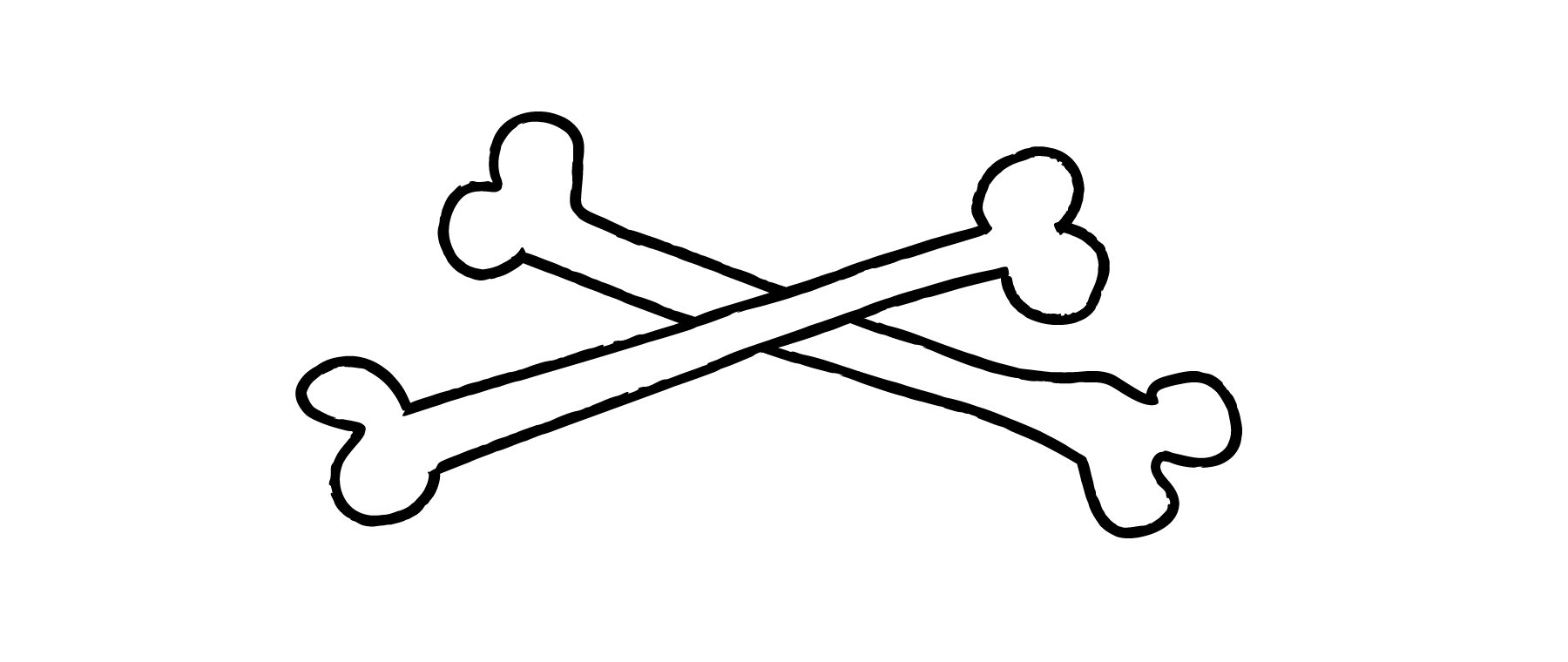
Stone Age
Mankind starts to understand the idea of an “expense”(and begins to feel the pain of the payment).
Humans accept tokens, like stones or bones, instead of goods when trading. Keeping track of all of this was tough, involving a lot of counting and very heavy petty cash jars .
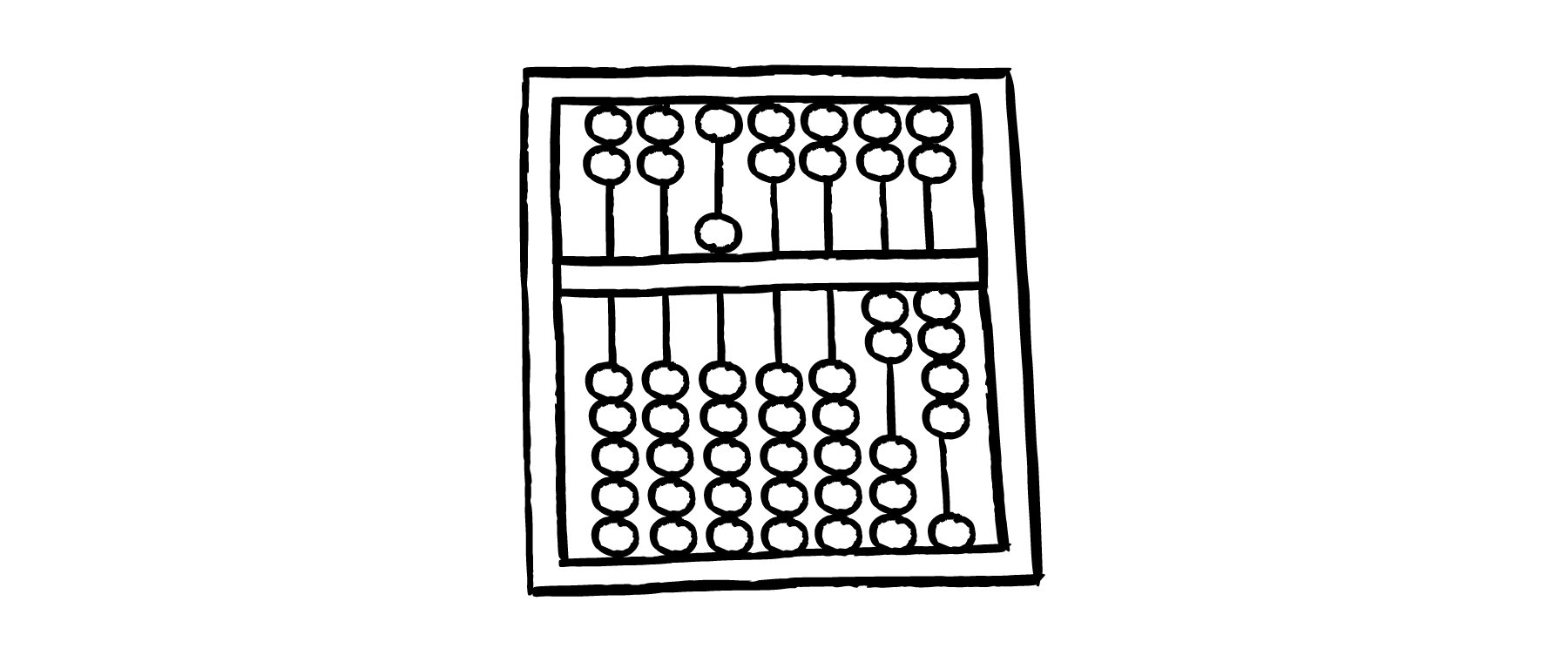
Early civilisations
While there is some debate in the academic world over which ancient civilisation it originates from – Egypt, Mesopotamia, India – there's no denying that the abacus is one of mankind's greatest inventions. Super high-tech at the time, this seemingly simple counting tool made of strings and pebbles was used in calculations to accurately record all kinds of transactions.

Medieval times
The Dark Ages weren’t so bad when it comes to money. Replacing rocks, intricate coins are produced and assigned values. Because of all this new cash (and there was quite a variety of moneys to negotiate with), a more advanced recording system is created to keep track of transactions.
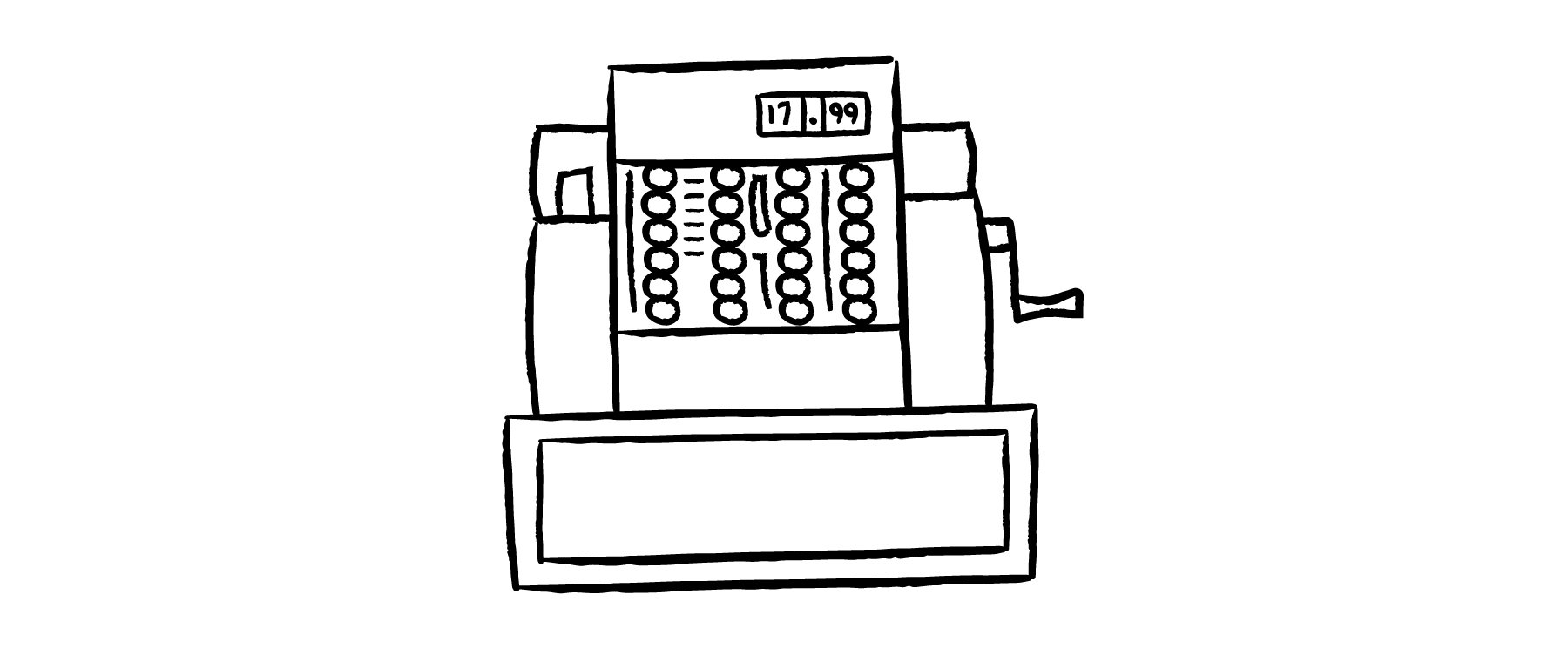
19th century
In 1883, the first cash register was patented by saloonkeeper, James Ritty. More automation means an increase in accounting accuracy and streamlines how businesses track expenses.
And this is neat – the bell and cash drawer added a bit later ensured that everyone was aware when money was being exchanged in the shop.
Now we really start picking up speed...
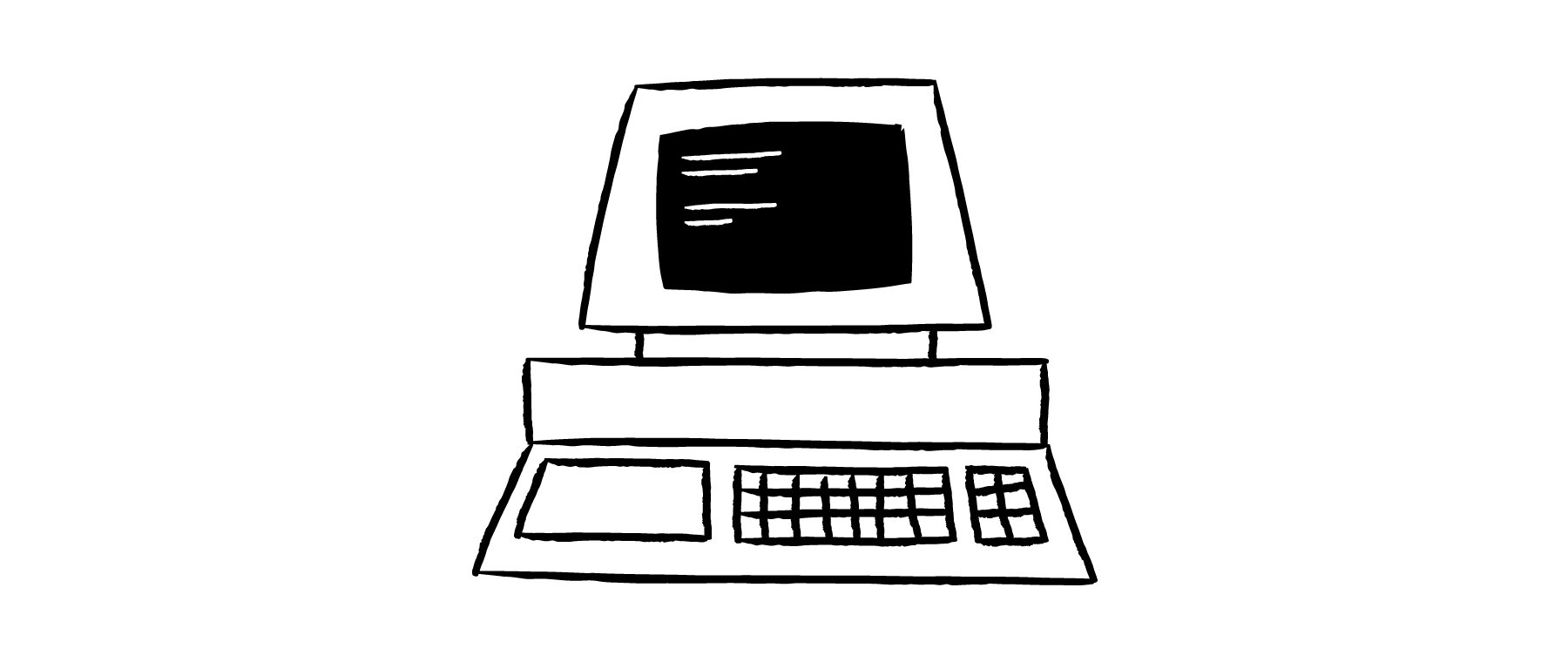
1970s
The time of disco and the first accounting software (not sure which is more fun!). Called “System Analysis and Program Development” – does SAP ring any bells? It helps businesses manage financial and inventory data. Human error is reduced and spend management gets faster.
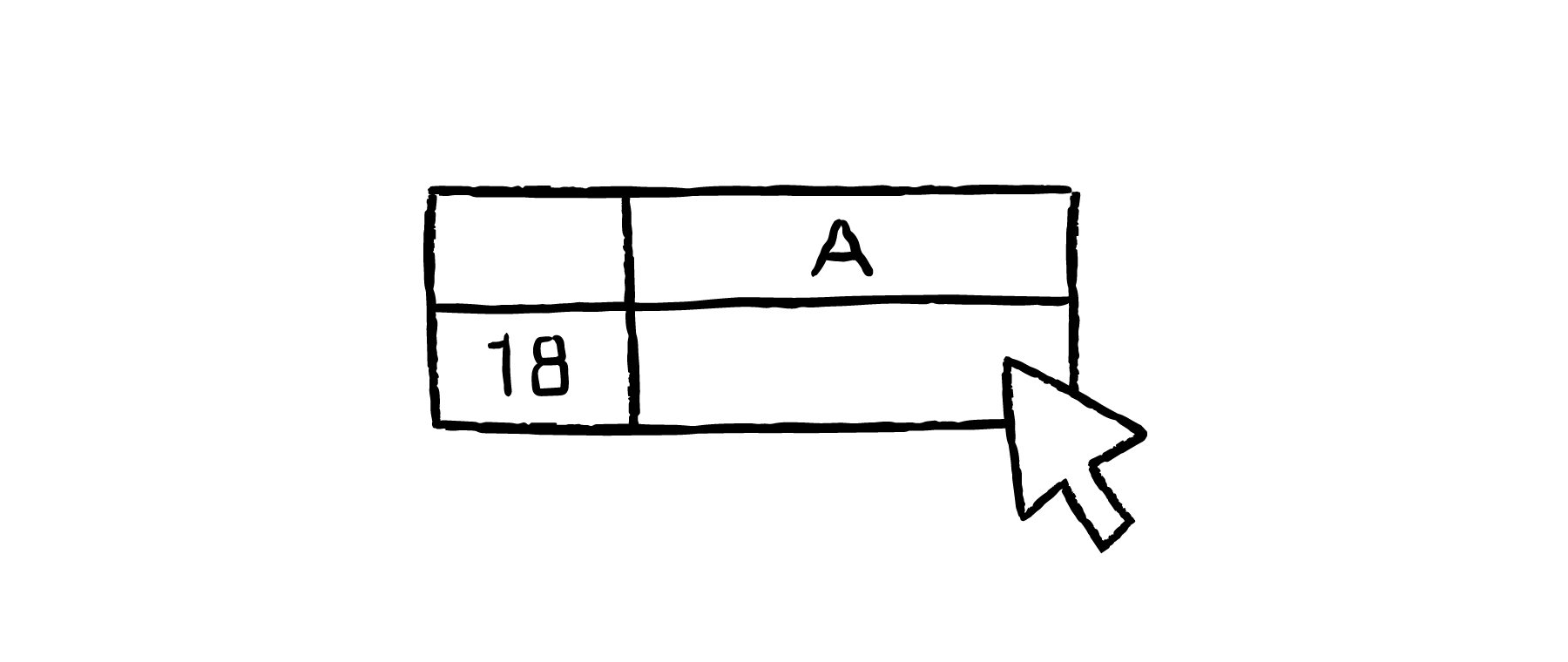
1990s
Computers are shrinking and are being used more and more by the average working person. And yep, Microsoft Excel starts to really dominate.

2000s
Cloud computing makes everything simpler and more user-friendly for businesses. The new millennium sees the birth of SaaS as a major force. In 2007, the first iPhone is launched and brings with it the start of mobile financial management.
We truly hope that you’d place your company’s expense management in the last two eras at least… No one is still hanging out in the 1970s, right?
Spend management today
If you think that entering receipts by hand and then emailing files around for approval is still how expense management has to get done, I’m going to let you in on a little secret – it’s not.
As you can tell from a quick walk through history, technology has been developing rapidly in the past 30 years or so. There are countless solutions out there helping businesses of all sizes track and record their expenses.
From payroll to handling invoices to cash flow forecasting , a wave of fintech tools has arrived in the past few years that can truly transform how modern businesses manage their money.
And using a solution to handle expenses is more than just a nice-to-have. It’s what gives you and your people a better grip on what’s being spent across the business.
These solutions eliminate human errors and delays and lead to higher satisfaction rates amongst your employees. Because manually entering expense data isn’t just affecting your bottom line, it’s costing your employees too.
And on a business-wide level, handling expenses manually takes people away from the things they should be focusing on.
Not to mention, the younger generation of employees have no patience for manually shuffling receipts. They want the apps, and they want them now.
Seems kinda silly to lose good people because your expense management process is stuck in the past, don’tcha think?
Looking to the future
Complete automation is making its way into everyday life. There are self-driving cars for crying out loud! So there’s no way that expenses should and will stay behind.
Expect way more automation, more AI, and most of all, more mobility.
Many businesses are becoming more global, with their employees also more mobile and flexible. People need to be able to submit reports and expenses, as well as having managers approve all claims, from a smartphone or laptop, wherever they are.
Uninterrupted connectivity is a must. And this goes for all financial processes of a business.
Expense management solutions will become more and more seamless across all financial systems - card payments, bank accounts, accounting, and payroll. Which makes sense, since these systems share a lot of the same information.
Take Invoices, our invoice management feature. Or Reimbursements, making reimbursements for out-of-pocket expenses easier for everyone.
Seamless integrations across systems will make the process even smoother, but also adds an additional layer of assurance on data integrity. A win-win.
Need some help moving to a spend management solution of today? Why not book a demo and let Pleo get you up to speed.